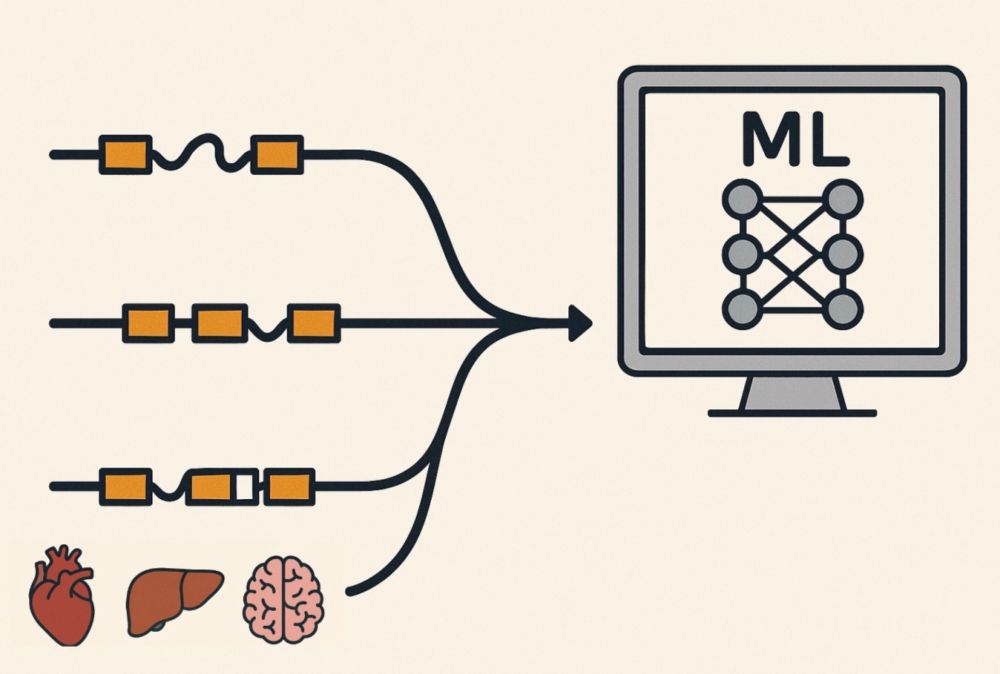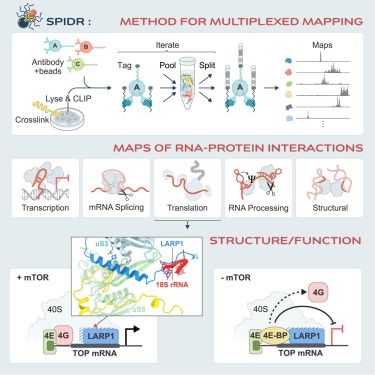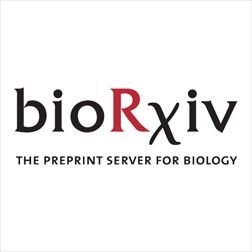www.biociphers.org
In new work @nature.com with @hakha.bsky.social, @jkpritch.bsky.social, and our wonderful coauthors we find that the key factors are what we call Specificity, Length, and Luck!
🧬🧪🧵
www.nature.com/articles/s41...

openrxiv.org/enabling-rev...

openrxiv.org/enabling-rev...
#HumanGenomics #Pangenomes #ReferenceGenomes

#HumanGenomics #Pangenomes #ReferenceGenomes



This is an amalgamation of our two recent preprints - working with @gregfindlay.bsky.social , @cassimons.bsky.social , @dgmacarthur.bsky.social and many others to study variation across RNU4-2 and describe a new recessive NDD 🧬

This is an amalgamation of our two recent preprints - working with @gregfindlay.bsky.social , @cassimons.bsky.social , @dgmacarthur.bsky.social and many others to study variation across RNU4-2 and describe a new recessive NDD 🧬
📄 www.medrxiv.org/content/10.1...

📄 www.medrxiv.org/content/10.1...
www.biorxiv.org/content/10.1...

www.biorxiv.org/content/10.1...
#RNA #therapeutics rnahorizons.com/abstract-sub...
#RNA #therapeutics rnahorizons.com/abstract-sub...
Paper 1 -- an AI model trained to predict translation rates from mRNA sequences: rdcu.be/exN1l
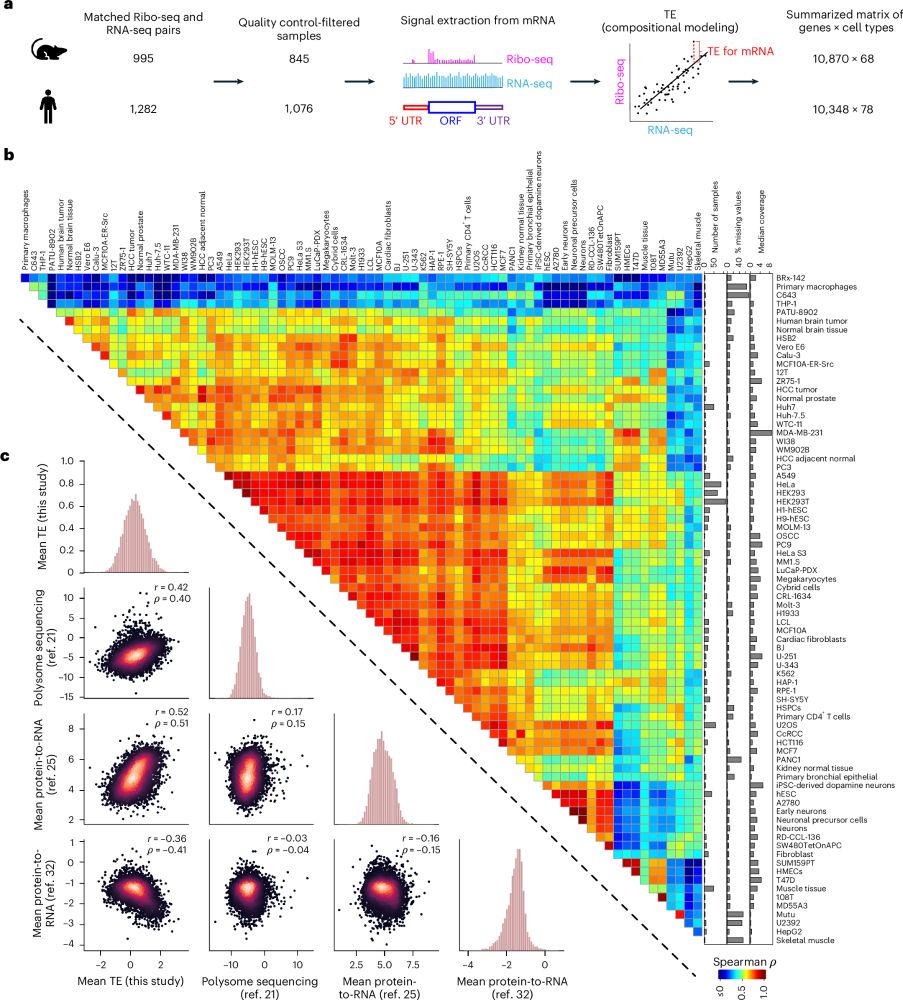
Paper 1 -- an AI model trained to predict translation rates from mRNA sequences: rdcu.be/exN1l
www.biorxiv.org/content/10.1...

www.biorxiv.org/content/10.1...
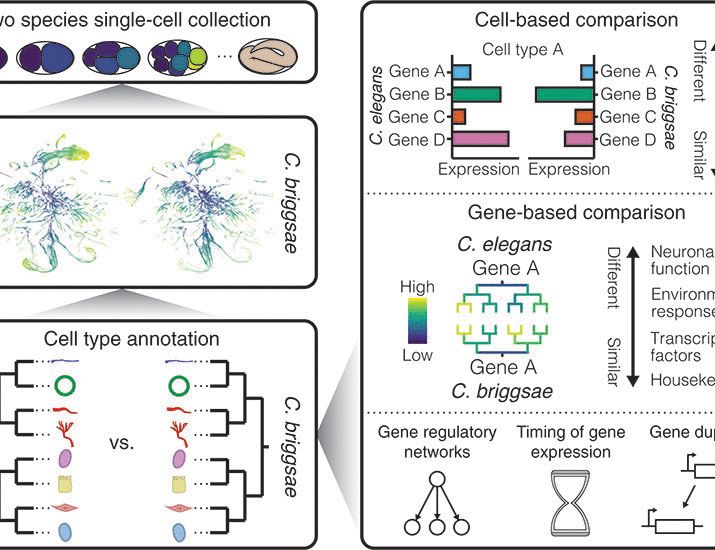
www.biorxiv.org/content/10.1...

www.biorxiv.org/content/10.1...
Paper: doi.org/10.1101/2025...
Code: github.com/morrislab/mR...
A 🧵

Paper: doi.org/10.1101/2025...
Code: github.com/morrislab/mR...
A 🧵

www.richmondscientific.com/how-a-discov...

www.richmondscientific.com/how-a-discov...
🔗Learn more: buff.ly/laJgUJ3
#ResearcherSpotlight #RNAResearch


🔗Learn more: buff.ly/laJgUJ3
#ResearcherSpotlight #RNAResearch
www.luxcapital.com/news/our-hel...
www.luxcapital.com/news/our-hel...
